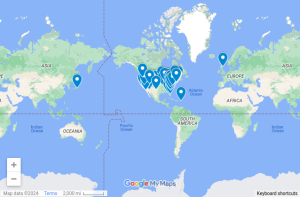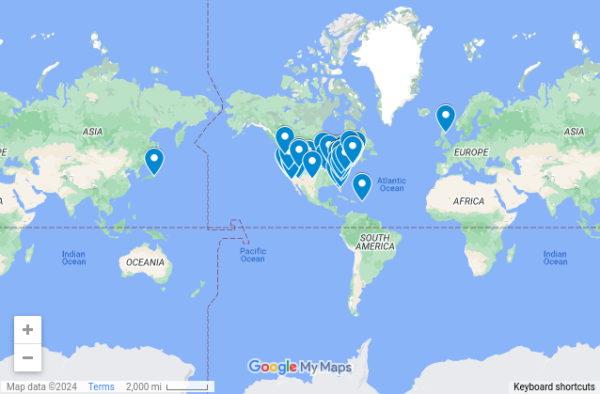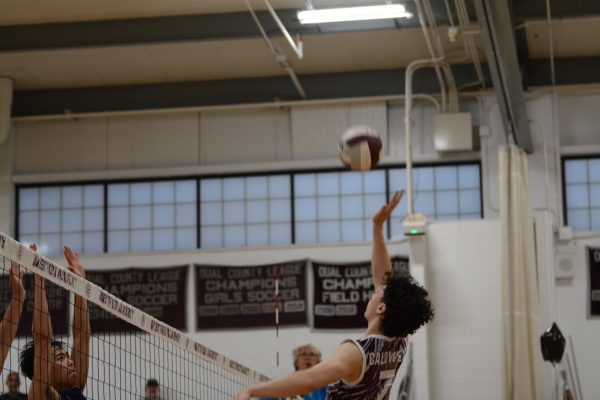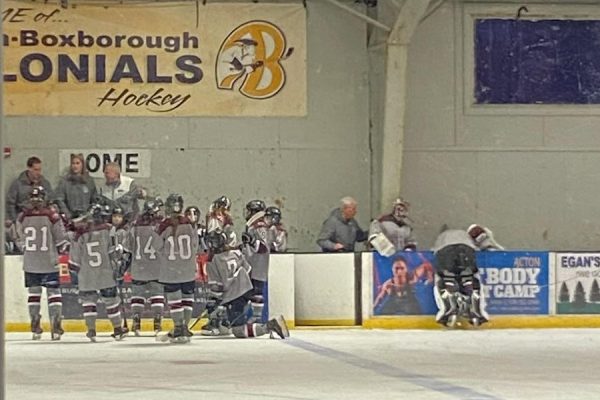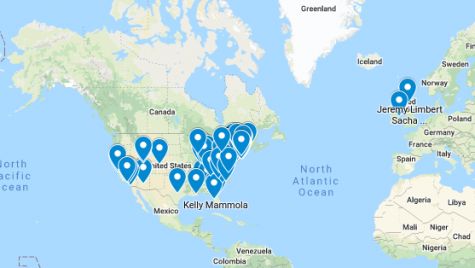Opinion: Schools should teach online safety
March 14, 2016
Tinder appears to be one of the most common online apps used by high school students to meet up and talk to strangers. However, there are undeniable consequences and dangers when doing so, and schools should educate their students about them.
Health classes in the middle and high school teach general internet safety: not everyone on the Internet is who they say they are, don’t give your personal information to strangers online, don’t meet up with anyone you have met online. However, this tends to be geared more towards chatrooms or forums, or even Facebook. For online dating apps such as Tinder, where the purpose is to talk and meet up with strangers, the lines may seem more blurred. Students do not receive guidance on how to be safe on that specific social media platform, and online dating in general is not usually discussed.
Even in the Youth Risk survey administered every two years, there are no questions about online dating or meeting up with strangers. The focus of most repeated safety lessons nowadays is drugs, alcohol, and texting while driving among others. However, the dangers of online dating, especially during high school, need to be taught and brought into the light, as they bring more potential danger than any sort of benefit they could provide.
The way Tinder itself is set up is dangerous. Tinder users are separated into two age groups: 13-17 and 18+. The ages are verified by the user’s Facebook birthday because the two accounts must be linked. However, all Facebook needs to create an account is a valid email and the entire process for creating an account with a fake birthday is extremely simple. Someone over 18 could easily create an account with a fake birthday in order to be in the Tinder with younger people and solicit underage pictures from a naive middle or high schooler on Tinder.
In fact, the 13-17 age group on Tinder just seem to invite sexual predators and people wanting underage pictures from those ready to send them. There is no need for a 16-year-old, or even a 15-year-old to be on Tinder, much less a 13-year-old, and allowing the age group for the underage Tinder to go so low makes it easier for predators looking for younger children.
Additionally, there is no way of telling if anyone on Tinder is real. Though this is true of most social media sites, it is especially so on Tinder, as the initial match is essentially based on the person’s picture, name, and age. Not much more information is expected or given.
With all the hidden dangers lurking in online dating apps, schools need to educate their students on online safety, and not just on the basic “not meeting up with strangers.”
Click here to read about the dangers of Tinder and online dating.
Click here to read about our editor getting a fake profile on Tinder to investigate it.
Click here to see student opinions on online dating in high school.





